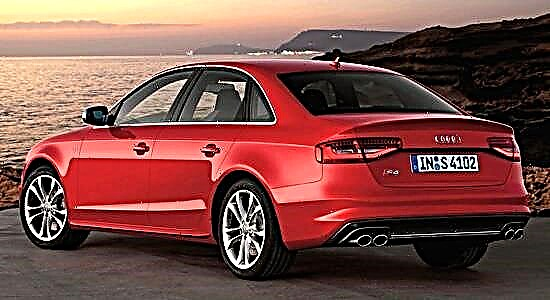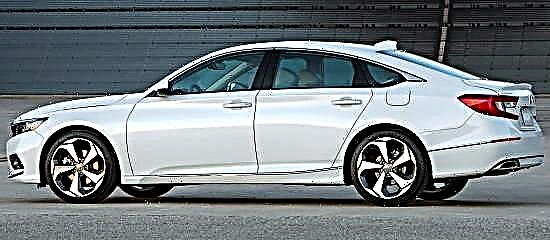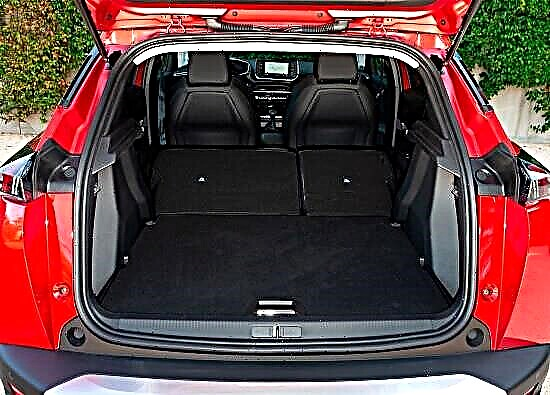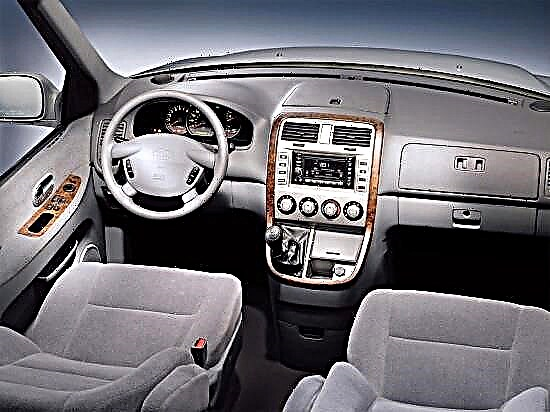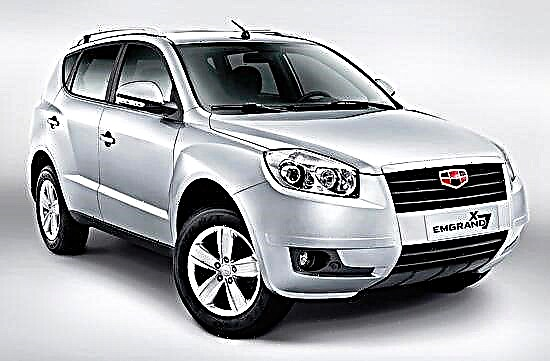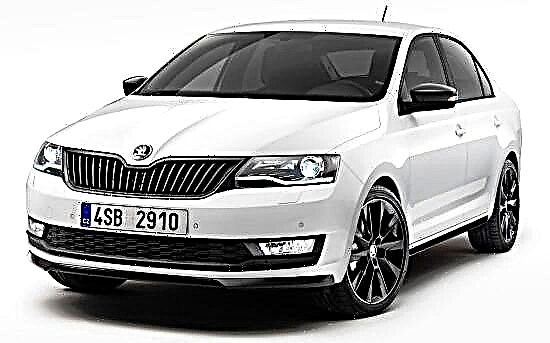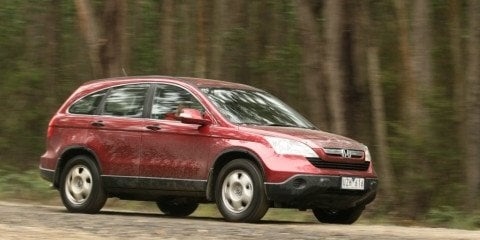Ratings of cars and auto products
Reviews, comparisons & tips for motorists
Traditionally, our reviews are devoted to comparing the current generations of the two models. But today is a special case - the Nissan X-Trail has already received the presentation of the current generation. Therefore, we will compare it with the Volkswagen Tiguan with an emphasis on history and characteristics.
History
The Japanese car is exactly one generation older than the German one. The first X-Trail rolled off the assembly line at the turn of the millennium, while the Tiguan made its first scream 7 years later. Therefore, we will take the second generation Nissan as a starting point.
2007-2011
By this time, the rising sun crossover has become larger and more solid. The dashboard has gained convenience - all the arrows are again in front of the driver's eyes. The platform has also been updated - the second generation of Nissan has a common chassis with the popular Qashqai.
Nissan X-Trail 2007-2011
In terms of engine power, the models are approximately equal. But the X-Trail has a combustion chamber advantage - 2 liters for the Tiguan is the upper bar, while the Japanese has the minimum value. Extra cubes provide better fuel combustion and lower fuel consumption. This factor can be clearly seen when comparing similar modifications. For example, we have selected the Tiguan modification Trend with a volume of 1.4 liters. and X-Trail 2.0 liters. with a capacity of 150 liters. from. and an automatic transmission each.
| Parameter | Tiguan | X-Trail |
| City, l. | 10,6 | 10,5 |
| Track, l. | 7 | 6,7 |
| Mixed cycle, l. | 8,4 | 8,1 |
| Maximum speed, km / h | 192 | 181 |
In terms of speed characteristics, the Tiguan is also inferior to the 2.5-liter version of the Japanese with 169-horsepower. But a full-fledged comparison will not work - most of the variations have a variator gearbox, which greatly complicates the comparison.
Volkswagen Tiguan 2007-2011
At the moment, both models produced in 2007-2011 are starting to cause a lot of trouble for their owners. The Tiguan is more confident. In the rating of cars 8-9 years old, it is in the middle of the green segment, which makes it more reliable. But cars of those years on the roads are becoming less and less.
2011-2016
The restyling of generations falls on this period. No major changes have occurred in terms of the exterior and interior. Both brands have left the typical familiar layouts. And under the hood, a kind of revolution took place. The Germans changed the power range and added a robotic gearbox as well as mechanics. There is also a club version with improved features like adaptive optics. Also, limited edition Sochi Editions were released with designer interior trim and symbols of the Sochi Olympics. The lower power limit was reduced to 122 horsepower, and the upper one was already 210 hp. from.
Nissan X-Trail 2011-2016
Nissan has slightly expanded the offer of manual transmissions, but did not foresee any major changes. During the restyling, a number of technical comments were eliminated and cosmetic changes were made to the finish. The significant parameters remained at the same level.
2016 was the last year for Tiguan on the conveyor of the Kaluga Automobile Plant. The vehicles are now supplied exclusively from German or Indian assembly sites. The suspension of production coincided with the restriction of the supply of Russian-assembled cars in a number of countries.
Volkswagen Tiguan 2011-2016
The reliability of cars in the range from 2 to 7 years is controversial. By the end of the first maintenance period of 3 years, the Tiguan has a high level of reliability. The breakdown rate of 5.4% stopped him one step from the 50 best according to the German agency Tüv. But then there is a serious drawdown due to problems with the motor by the end of the warranty period. Nissan is ranked in the top 5 used car brands by JP Morgan, UK transport safety expert, showing individual brake system malfunctions.
New cars
The third generation of Nissan has reshaped its engine lineup. The diesel drive survived only one - for 130 horses, but gasoline versions are offered in a wide range from 144 to 171 liters. The automatic transmission disappeared, only the mechanics and the variator remained. Most versions have become exclusively all-wheel drive. The chauffeur assistance system has evolved significantly. Rain sensors, parking sensors and an all-round visibility system ensure smooth and safe driving. And in the LE + version, a panoramic roof for romantic travel is now available.
Volkswagen responded in kind. The only difference is that the second generation was the debut of a diesel modification. The two-liter 150 horsepower engine comes only with a robotic gearbox and all-wheel drive. The user may also be interested in the 125-horsepower urban version, which is characterized by reduced dimensions to fit into the urban space.
Conclusions
Both cars are reliable and rich in history. Their trunk volume is about the same, enough for any demanding client. And with the seats unfolded, you can put the refrigerator and stove in there without compromising on comfort. But due to the difference in the thinking of engineers, the Japanese have a margin of safety with equal readings. The X-Trail will overcome a shallow river, while the Tiguan will deprive of warranty service for this.

